
Education
To ensure universal access to education, the NRM government in 1997 introduced Universal Primary Education (UPE), Universal Secondary Education (USE) for O-level in 2007, Universal Post-O-level Education and Training (UPOLET) and Universal A-level in 2012. The literacy rate has improved from 43% to 75% while enrollment in primary and secondary schools is now are 10.7 million pupils and 2 million students, respectively.
The NRM policy on education is to have one primary school per parish, a secondary school per sub-county and a technical school per district. Currently, 90% of all parishes have a primary school, 80% of which are government-aided. About 90% of all sub-counties have a secondary school, 67% of which are government-aided. All the major regions of the country have a public university.
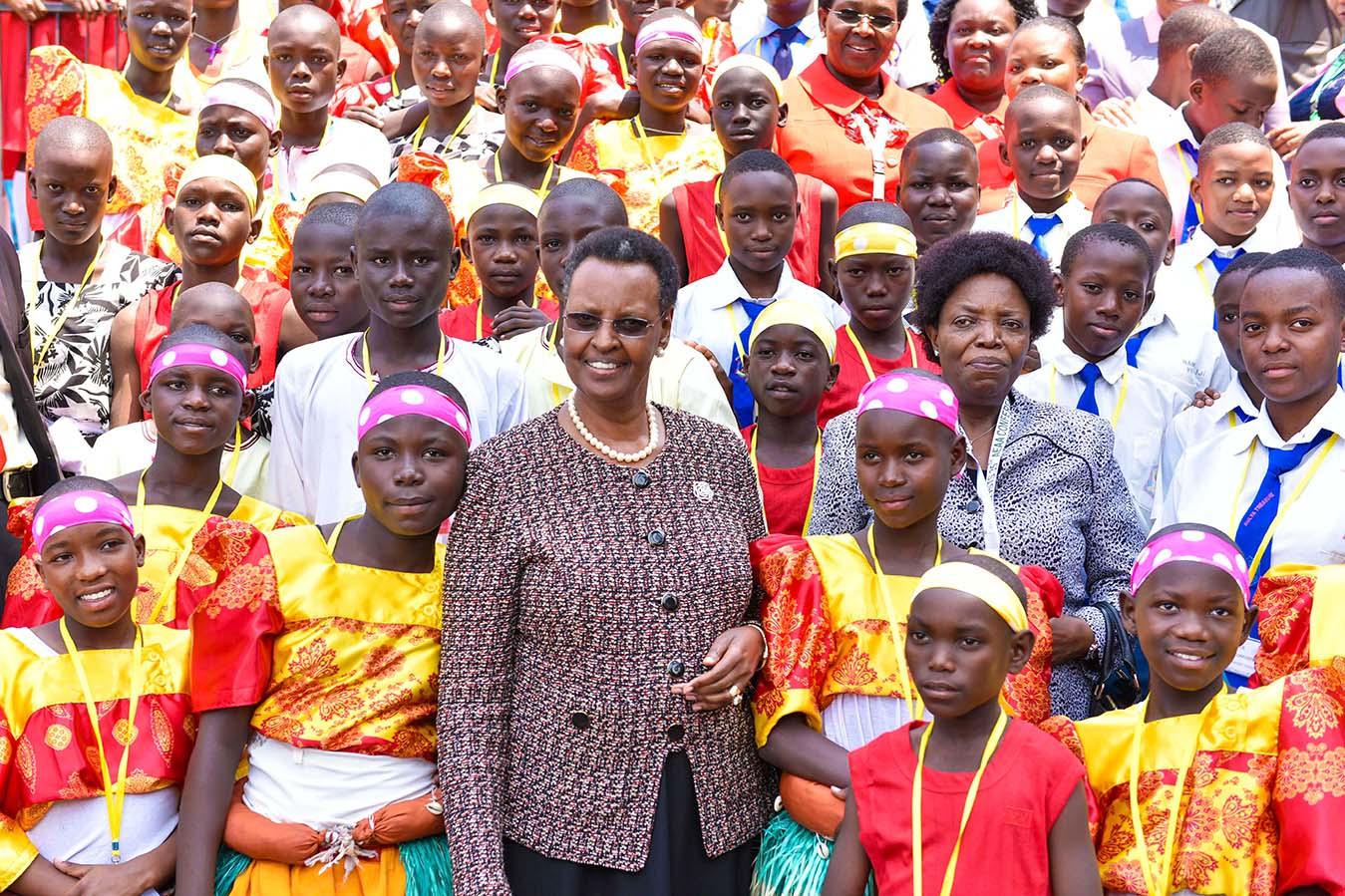
During the past five years, the NRM government has expanded classroom infrastructure in 138 primary schools and grants channelled to 23 primary schools in parishes that did not have a primary school. In addition, 21 boarding primary schools have been constructed in Karamoja. In the same period, we have completed 12 secondary schools whose construction was ongoing by 2016 and built 117 seed secondary schools. Furthermore, we took over 182 community secondary schools in sub-counties without government secondary schools. In total, 299 sub-counties that did not have secondary schools now have.
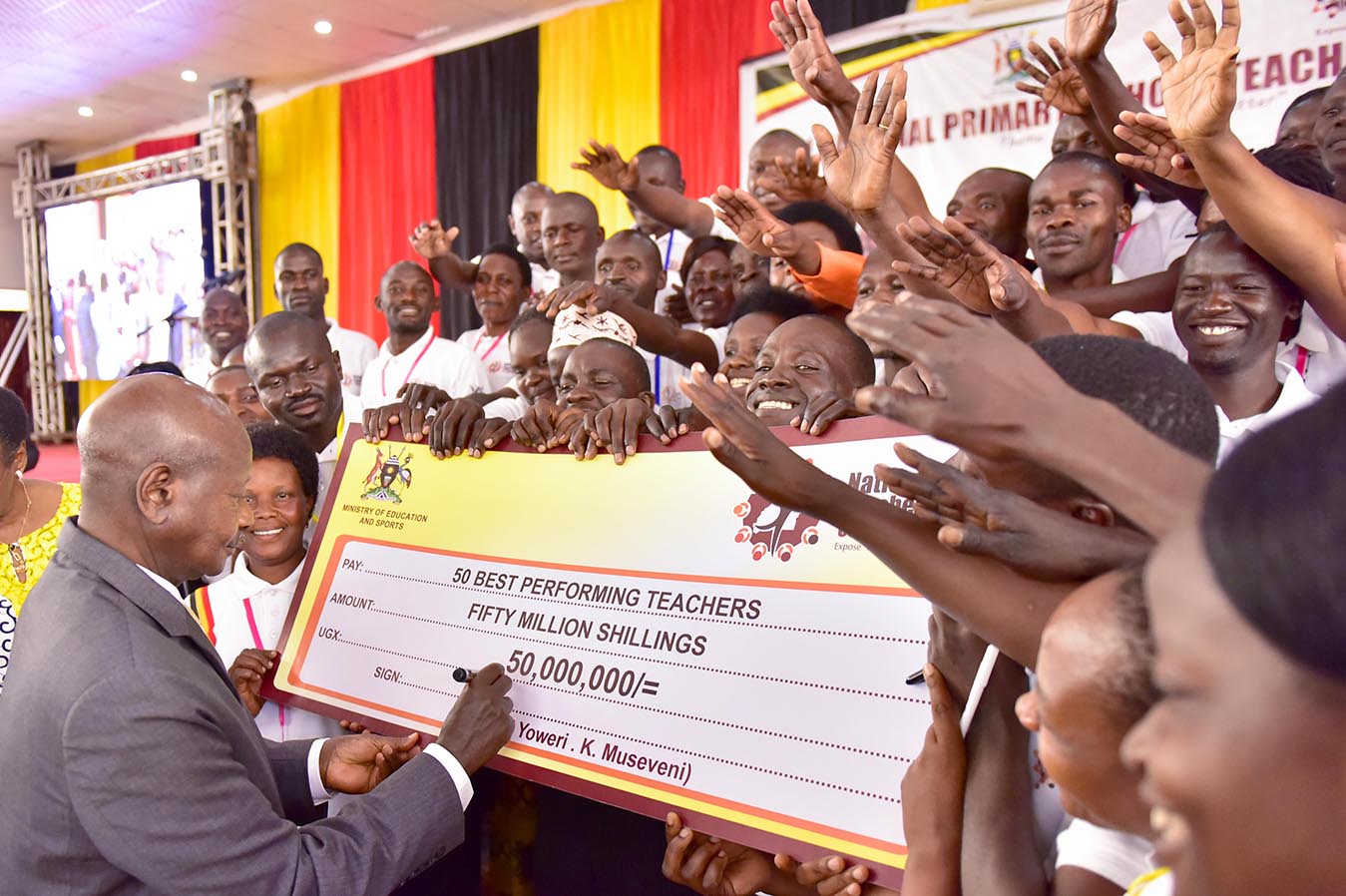
The NRM has progressively increased teachers’ pay throughout the different levels of education (primary to university). A starting salary for a primary school teacher is sh499,684, a secondary school arts teacher at the level of an education officer gets sh960,228 and science sh1,102,361. At university, professors earn Shs15m, while senior lecturers earn between Shs8-9 million.
Going forward, the government will construct 258 secondary schools in sub-counties without a public secondary school. These new ones will have 400-seater multipurpose halls, staff houses for six teachers, including the head teacher, an ICT laboratory, a library, six classrooms and science labs.
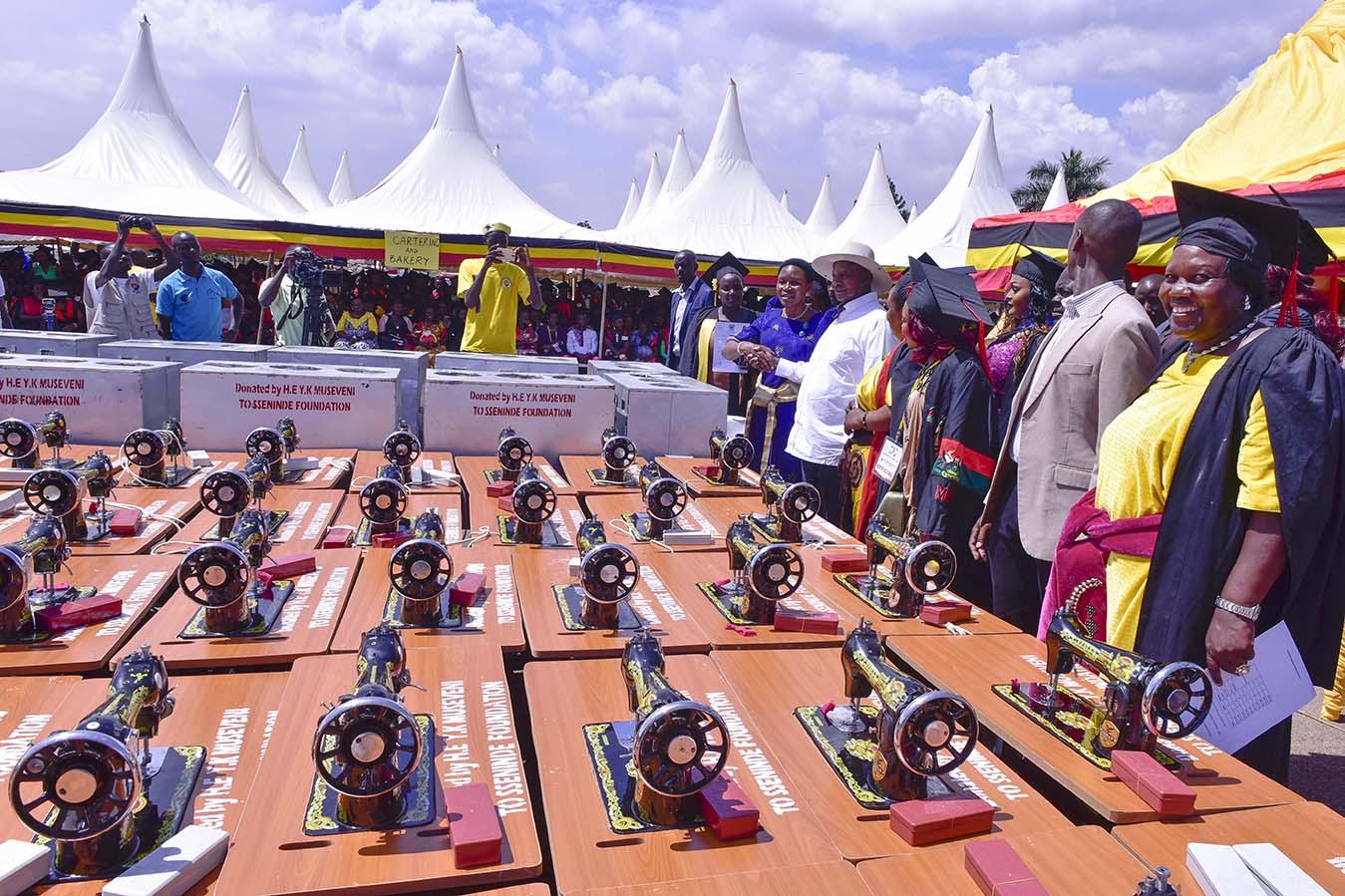
For higher education, the government will set up a constituent college of Gulu University in Karamoja and revamp two new regional universities; Busoga University and Mountains of the Moon University which the Government took over.
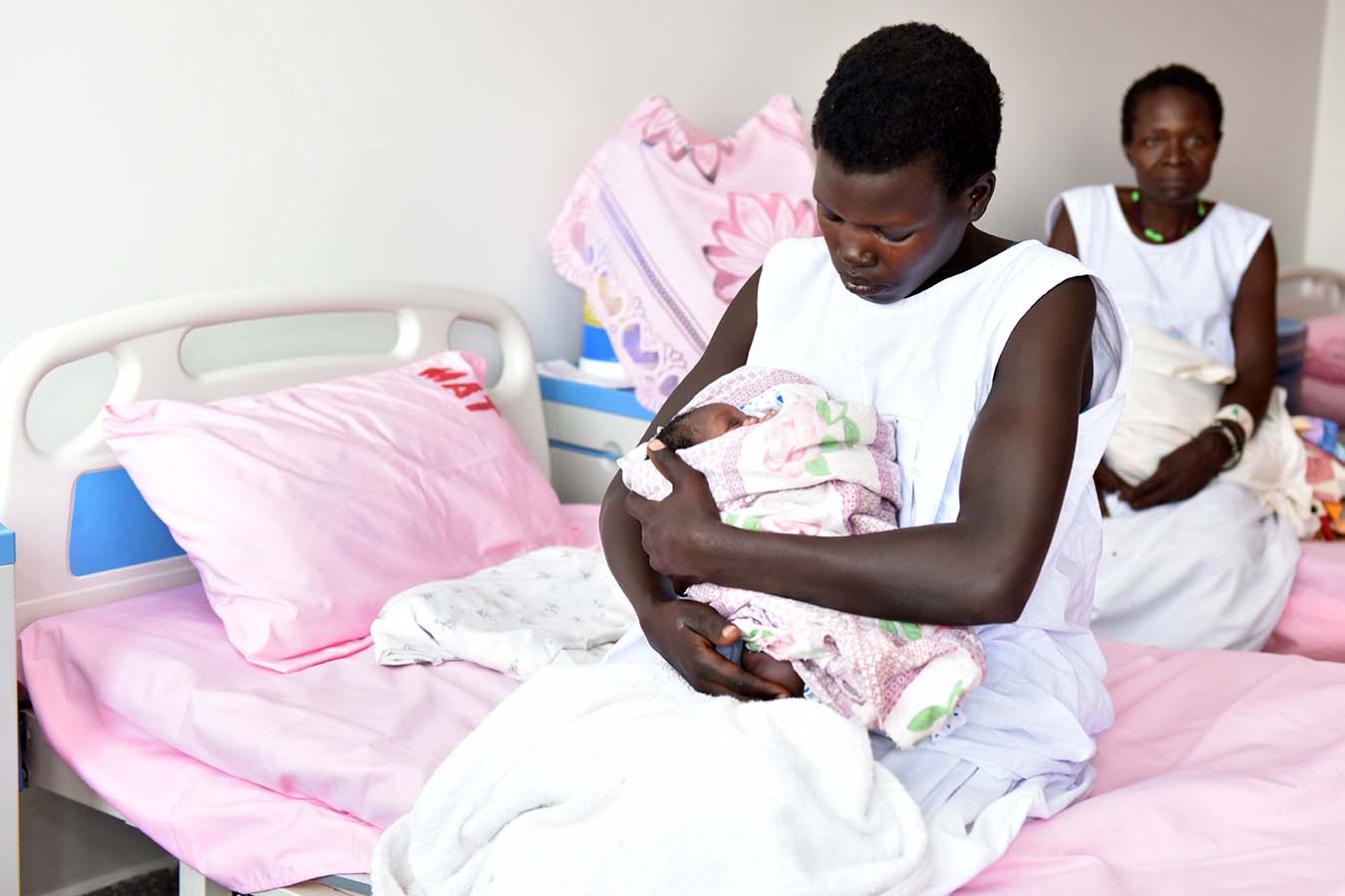
Health
In 1961, Uganda had 27 hospitals and 1,288 staff for a population of 7 million. After independence, another 22 new rural hospitals were built throughout Uganda, bringing the total number of hospitals to 49. Today, Uganda has 156 hospitals, broken down as following; five national referral hospitals, 14 regional referral hospitals, 137 general hospitals, 226 HCIVs, 1,755 HCIIIs, 3,178 HCIIs, and 1,601 clinics. Now 86% of Ugandans live within 5km of a health facility.
Maternal mortality ratio, in 1986, was as high as 687, today it stands at 336/100,000 live births. In 1986, life expectancy was 48 years compared to 63.3 today (2020). Between 2012 and 2017, infant mortality went down from 54 per 1,000 live births to 43 per 1,000 live births.
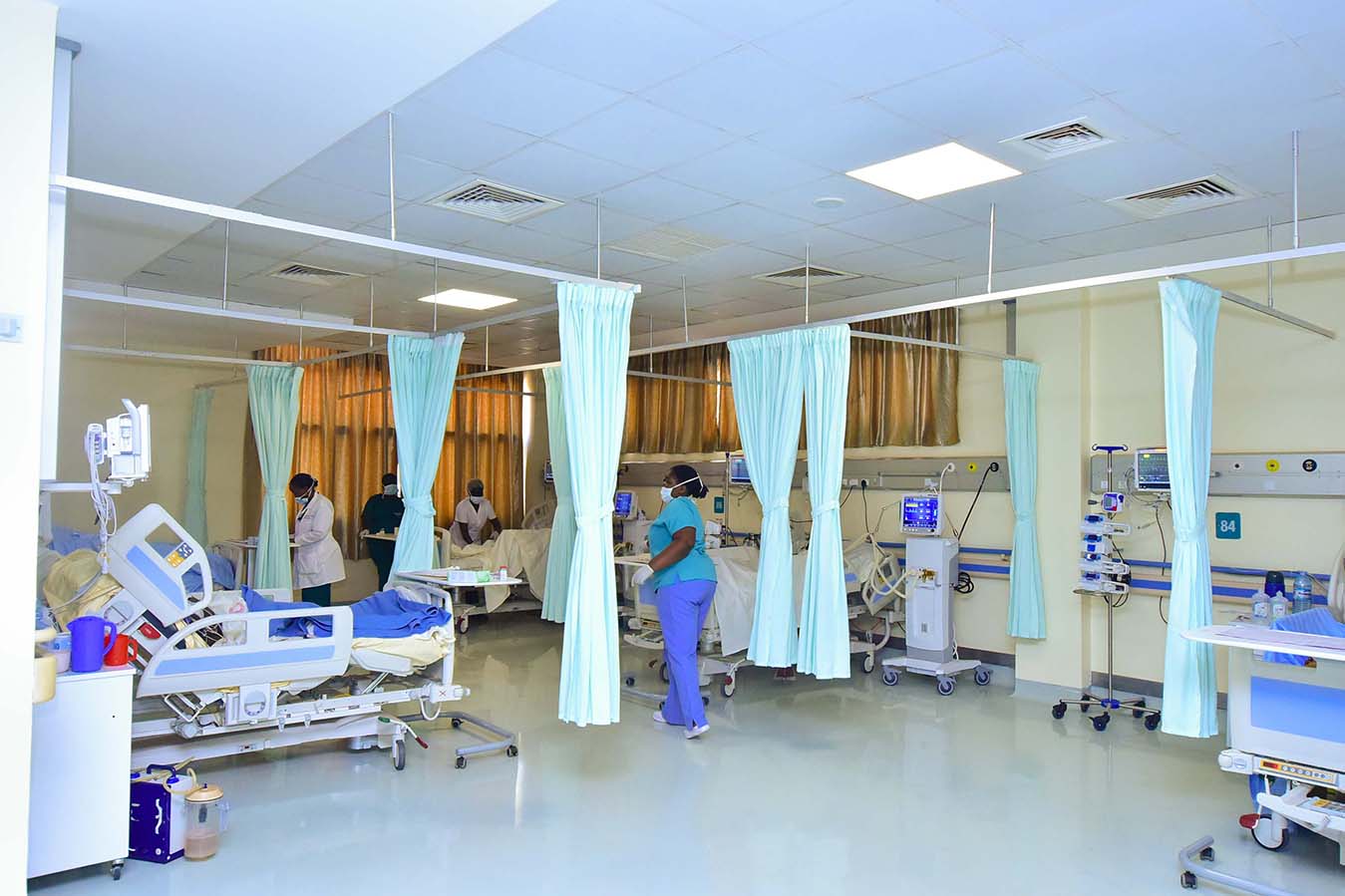
Focus is now shifting to primary healthcare where emphasis is on immunisation; screening; maintaining and improving reproductive, maternal, neonatal, child and adolescent health services. Fighting corruption in the health sector like theft of drugs, deal with substance abuse and deal with non-communicable diseases, particularly diabetes, high blood pressure, heart disease and cancer, which are on the rise.
The target of the NRM government is to ensure that there is a health Centre III (HCIII) with a maternity ward and a laboratory in every sub-county or town council or division in municipalities, a health Centre IV (HCIV) in a constituency with a theatre with 2 resident doctors, in addition to a maternity ward and a laboratory, a General Hospital serving a catchment population of 500,000, a regional referral hospital serving a region and national referral hospital serves the entire nation. These provide tertiary and specialised care.
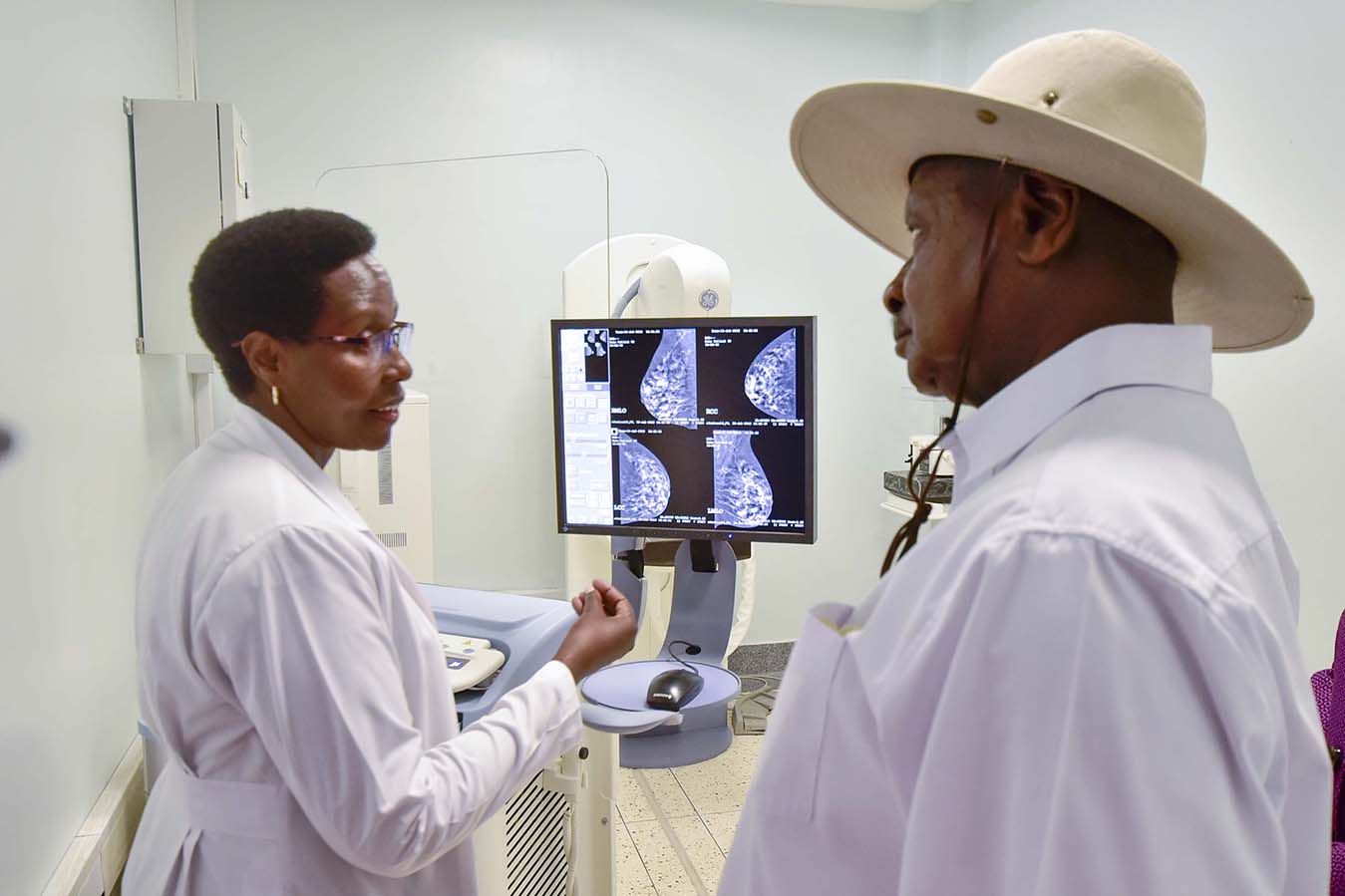
As for hospitals, the following has been achieved;
Construction and equipment of Mulago 450 bed Specialised Women and Neonatal hospital was completed and commissioned in October 2018.
Construction of Kawempe and Kiruddu hospitals completed in 2018 and have been designated as national referral hospitals to decongest Mulago National Referral Hospital.
The rehabilitation and equipping of Lower Mulago Hospital is ongoing and the current progress of work is at 98% including additional works considered to enhance service delivery and upgrading to a super-specialised hospital.
Rehabilitation and equipping of Kawolo Hospital was completed and is due for commissioning.
Renovation and expansion of Kayunga and Yumbe general hospitals was completed. The two hospitals will be fully equipped by December 2020.
Construction of the regional hospital in Entebbe for pediatric surgery was completed and is ready for commissioning.
Works started on the renovation and expansion of Lira, Arua and Gulu regional referral hospitals.
The following new hospitals have been established by upgrading Health Centre IVs: Amuria, Kaberamaido, Koboko, Rukunyu (Kamwenge), Kasana (Luweero) and Mukono.
In partnership with international partners, the NRM government has embarked on the construction of a state-of-the-art International Specialised Hospital (ISHU) at Lubowa in Wakiso. Construction commenced on 10th June 2019 and is expected to be completed by June, 2021. ISHU is a specialised referral, tertiary treatment, research, and teaching hospital, which will provide treatment to patients who have been traveling out of the country to seek specialized care. In 2017, it was estimated that Ugandan spent an estimated US$186m on medical treatment abroad.



